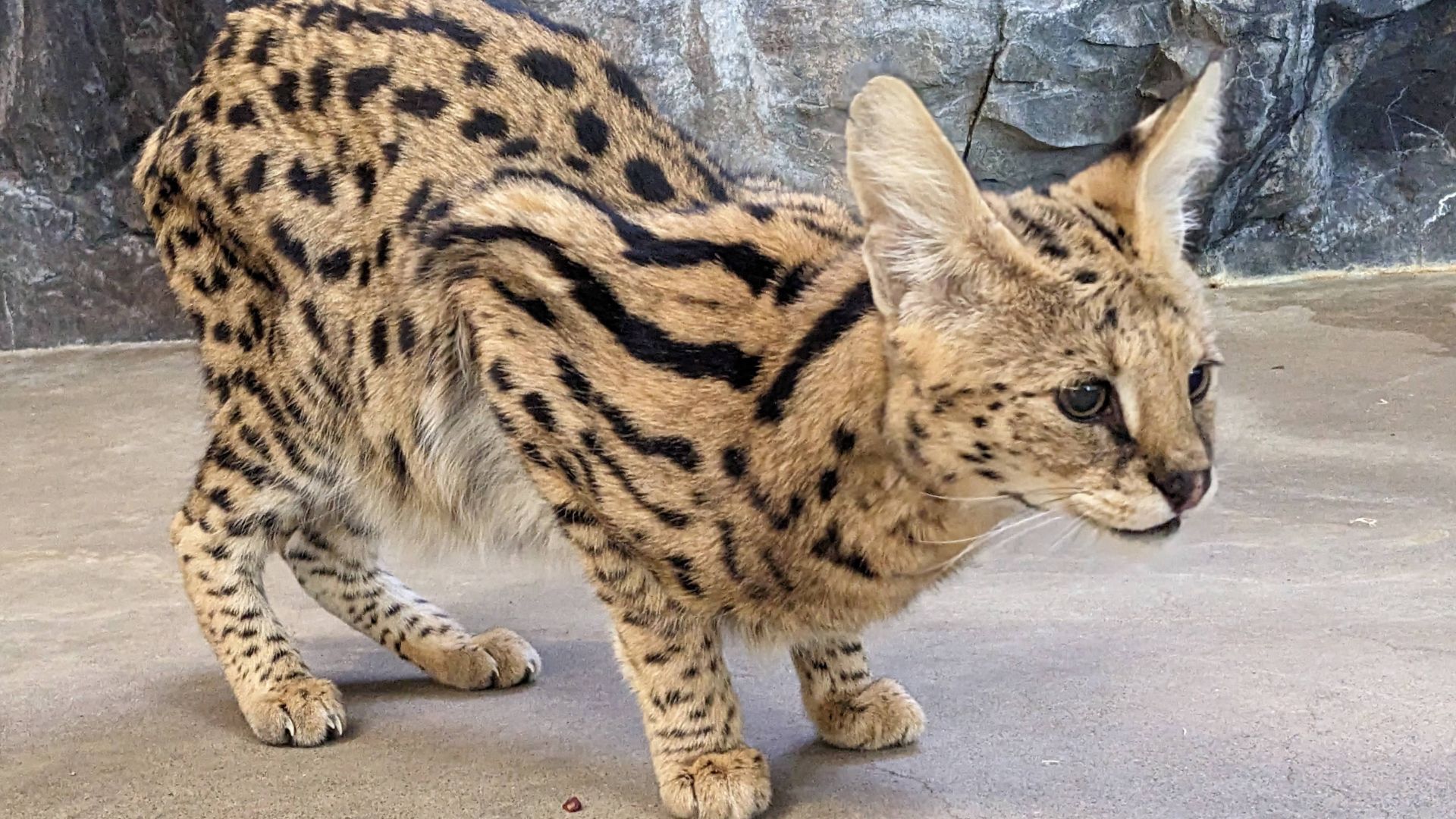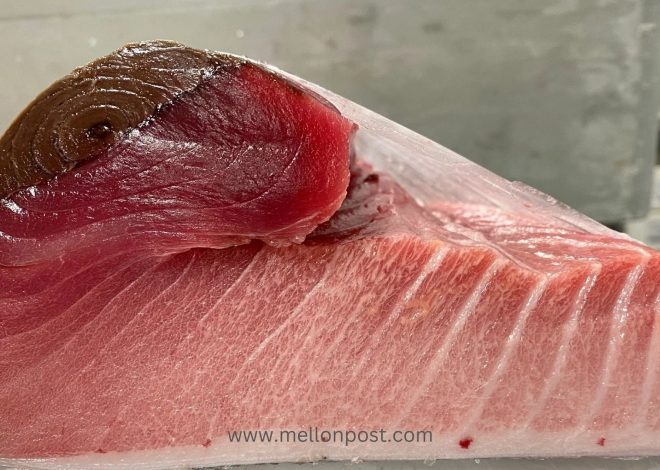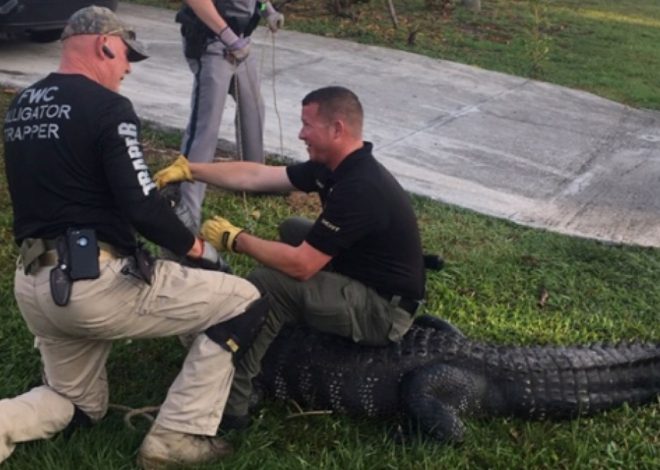
Serval Cat
The serval cat, scientifically known as Leptailurus serval, is a medium-sized wild cat native to Africa. Known for its distinctive appearance, the serval has a slender body, long legs, and a relatively small head with large, rounded ears.
These wild cats have golden-yellow coats with black spots and stripes, often mistaken for young cheetahs, tigers, or leopards. Servals are skilled hunters, preying on rodents, birds, frogs, insects, and reptiles, using their exceptional hearing to locate prey.
They have a 50% hunting success rate, making them efficient predators in the wild cat kingdom. Solitary by nature, servals establish overlapping home ranges and form temporary partnerships for cooperative hunting.
Despite their captivating appearance, servals are not suitable as pets due to their wild instincts, specialized diet, enclosure requirements, legal restrictions, and lack of socialization with humans and other domesticated animals.
Unique characteristics of Serval cats
The unique characteristics of serval cats include:
1. Distinctive Appearance:
- Servals are medium-sized wild cats with a slender body, long legs, and a relatively small head with large, rounded ears.
- They have golden-yellow coats with black spots and stripes, resembling a blend of cheetah spots and tiger stripes.
- Servals also have white spots behind their ears, aiding cubs in keeping track of their mothers.
2. Camouflage Adaptations:
- Their tawny coat, adorned with black spots and stripes, provides effective camouflage in their savanna and wetland habitats.
- Servals have a unique coat pattern that helps them blend into their surroundings, with smaller spots in woodlands for better concealment.
3. Physical Features:
- Servals have the longest legs relative to body size among all felines, enabling them to effortlessly navigate tall grass and leap to impressive heights.
- Their powerful leg muscles allow them to launch into vertical leaps of up to 9 feet to catch airborne prey like birds.
4. Hunting Abilities:
- Servals are skilled hunters with a 50% success rate, outperforming lions hunting in prides.
- They are not picky eaters and can catch up to 10 frogs an hour when hunting in water, showcasing their diverse diet and hunting prowess.
5. Behavior:
- Servals are generally solitary creatures, living independent lives outside of the breeding season.
- They occasionally form temporary partnerships for cooperative hunting or defense against larger predators, showcasing their adaptable social behavior.
These unique characteristics make serval cats fascinating and successful predators in their natural habitat, with specialized adaptations for survival and hunting efficiency.
The natural habitat of Serval cats
The natural habitat of serval cats includes a range of environments in Africa, predominantly in the following regions:
Servals are native to various regions in Southern Africa, with their natural habitats predominantly including savannas characterized by a mix of grasslands and open spaces.
They are found in well-watered savannah long-grass environments and are associated with reed beds, occupying a variety of habitats associated with water sources.
Servals range from dry open grasslands to woodland savannas and even to moister areas around equatorial rainforests, with their main habitat being the savanna.
Servals are specialist carnivores that occur primarily in wetland habitats with long grasses in the vicinity of rivers and watercourses, where they can stalk and hunt their prey effectively.
Some threats to Serval cats in their natural habitat
The threats to serval cats in their natural habitat include:
1. Habitat Loss and Degradation: Servals face habitat loss and degradation of wetlands due to human activities like agriculture, urbanization, and infrastructure development. This loss of suitable habitat can disrupt their natural behaviors and hunting grounds.
2. Illegal Fur and Skin Trade: Servals are targeted for their fur and skin, which are sometimes marketed as young leopards or cheetahs, leading to their exploitation and endangerment.
3. Predator Control Programs: Servals are sometimes targeted in predator control programs, where they are seen as threats to livestock or poultry, leading to their persecution and decline in population.
4. Hunting for Sport: Servals are hunted for sport, which poses a significant threat to their population, especially in areas where they are considered game animals.
5. Retaliation for Poultry Predation: In rural areas, servals are persecuted as retaliation for preying on poultry, even though they rarely target livestock. This human-wildlife conflict results in the killing of servals.
6. Indiscriminate Predator Control: Servals are sometimes killed through indiscriminate predator control methods, impacting their population and survival in the wild.
These threats highlight the challenges serval cats face in their natural habitat, emphasizing the importance of conservation efforts to protect these unique and vulnerable wild cats.
Average lifespan of the Serval cat
The average lifespan of a serval cat is around 10 to 12 years in the wild.
Common health issues that Serval cats face
The common health issues that serval cats face include:
1. Pyruvate Kinase Deficiency: An inherited condition that leads to anemia, pale gums, and lethargy due to reduced red blood cell lifespan.
2. Dental Disease: Dental issues like unpleasant breath, difficulty chewing, and gingivitis can affect serval cats, requiring dental hygiene routines and treatments.
3. Progressive Retinal Atrophy (PRA): A genetic condition causing eventual blindness, which can be detected early through regular vet check-ups.
4. Hypertrophic Cardiomyopathy (HCM): A common heart condition in cats, including Savannahs, necessitating screening as part of regular health checks.
5. Feline Infectious Peritonitis (FIP): A serious viral disease that can be fatal, emphasizing the importance of maintaining a clean environment and receiving regular vaccinations.
6. Nutritional Deficiencies: Due to their unique genetic makeup, Savannah cats may have specific dietary needs, requiring a balanced diet tailored to their requirements.
These health issues highlight the importance of proactive veterinary care, genetic screening, proper nutrition, and environmental management to ensure the well-being and longevity of serval cats.
Symptoms of common health issues in Serval cats
Some of the common health issues and their associated symptoms in serval cats include:
1. Pyruvate Kinase Deficiency: Symptoms include anemia, pale gums, and lethargy due to reduced red blood cell lifespan.
2. Dental Disease: Symptoms can include unpleasant breath, difficulty chewing, and gingivitis.
3. Progressive Retinal Atrophy (PRA): This genetic condition can eventually lead to blindness in serval cats.
4. Hypertrophic Cardiomyopathy (HCM): Servals may be susceptible to this common heart condition, which requires screening as part of regular health checks.
5. Feline Infectious Peritonitis (FIP): Symptoms of this serious viral disease can include vomiting, weight loss, and increased thirst, though they may develop gradually.
6. Gastrointestinal Issues: Servals may be prone to diarrhea, flatulence, blood or mucus in stool, straining to defecate, lethargy, dehydration, fever, vomiting, and decreased appetite.
Cost of the Serval cat
The cost of a serval cat can vary significantly, but generally falls within the following ranges:
1. Purchasing a Serval Cat: A male serval cat can cost approximately $5,000. An accompanying female serval cat (F3 or F4 generation) can cost between $3,000 to $5,000. So the total cost to purchase a breeding pair of serval cats can be around $9,000.
2. Housing and Enclosure Costs: Providing proper housing and enclosures for serval cats can range from $2,000 to $10,000, with a mid-range estimate of $6,000.
3. Feeding Costs: Servals require a specialized diet of raw meat, primarily chicken, which can cost around $4 per day. The feeding costs for a serval cat until it reaches breeding age (2-3 years) can be approximately $2,190.
4. Additional Costs: Other expenses like veterinary care, vaccinations, testing, litter, toys, and registration fees can add thousands more to the overall cost of owning a serval cat.
In summary, the total cost of acquiring and caring for a serval cat can range from around $17,000 to $22,000 or more, depending on the specific circumstances and requirements. The high costs associated with serval cats make them an impractical choice for most pet owners.
Where can I find Serval cats for sale?
Here are the key details on where you can find serval cats for sale:
1. Exotic Animal Breeders and Sellers: Several websites that sell serval cats includes, ExoticAnimalsForSale.net and ExoticCats.com. These sites list serval cats for sale, providing details on pricing, availability, and contact information for the sellers.
2. Legality Considerations: The serval cat ownership is only legal without a license in certain U.S. states, such as Alabama, North Carolina, South Carolina, Nevada, and others. It’s crucial to research the legal requirements for owning a serval cat in your specific state before attempting to purchase one.
3. Reputable Breeders: It is important to work with responsible, licensed breeders who can provide proper documentation and care for the animals.
4. Adoption and Rescue Options: This may be an alternative to purchasing from a breeder, depending on availability and your location.
In summary, the main sources for finding serval cats for sale appear to be exotic animal breeders and sellers online, but it’s critical to ensure that ownership is legal in your state and that you work with reputable, licensed providers.
What are the legal requirements for owning a serval cat?
The legal requirements for owning a serval cat vary by state in the United States. In some states, owning a serval cat is legal without a permit, while in others, specific licensing or permits are necessary. Here are the key legal requirements for owning a serval cat:
1. States Where Servals are Legal Without a Permit:
Alabama, Michigan, Nevada, North Carolina, South Carolina, Tennessee, Washington, and Wisconsin allow residents to own serval cats without obtaining a permit.
2. States Requiring Permits for Serval Ownership:
Arizona, Arkansas, California, Florida, Idaho, Indiana, Kansas, Kentucky, Maine, Mississippi, Missouri, Montana, North Dakota, Ohio, Oklahoma, Pennsylvania, Rhode Island, South Dakota, Texas, Vermont, and West Virginia permit serval ownership with the requirement of applying for a permit.
3. States Where Serval Ownership is Illegal:
Alaska, Colorado, Connecticut, Delaware, Hawaii, Illinois, Iowa, Louisiana, Maryland, Massachusetts, Minnesota, Nebraska, New Hampshire, New Jersey, New Mexico, New York, Oregon, Utah, and Virginia have laws prohibiting the ownership of serval cats.
4. Additional Considerations:
Servals are wild animals and require specialized care, large outdoor enclosures, and a diet of whole animals. They are not suitable for households with children or other pets due to their wild nature.
It is crucial to check your state and local laws before considering the purchase or ownership of a serval cat to ensure compliance with legal requirements and regulations.
Housing requirements for serval cats
The key housing requirements for serval cats include:
1. Enclosure Size: Outdoor enclosures should be a minimum of 1,200 sq ft for a single serval cat, with an additional 50% more space for each additional serval. The enclosure should have a minimum vertical height of 12 ft for large felids like servals.
2. Enclosure Design: The enclosure should have a double-entry system with two doors to prevent the serval from escaping. It should include an outdoor area as the primary housing space, as well as shelters for inclement weather and an indoor area for medical treatment. The enclosure should be designed to allow the serval to express natural behaviors like walking, running, and climbing.
3. Substrate and Furnishings: The floor should be covered in grass or pine chips, not dirt, to prevent pests and infestations. The enclosure should include landscaped wood around the perimeter, about 18 inches from the fence. Servals require a pool of water for drinking and swimming.
4. Fencing and Containment: Fencing should be made of 9-gauge chain link or wire mesh for large felids like servals. Gaps at gates, posts, and other places should not exceed 2 inches to prevent the serval from escaping.
Proper housing and enclosure design are crucial for the health and well-being of serval cats, as they are wild animals with specific needs.
Continue reading: British Shorthair Cat


